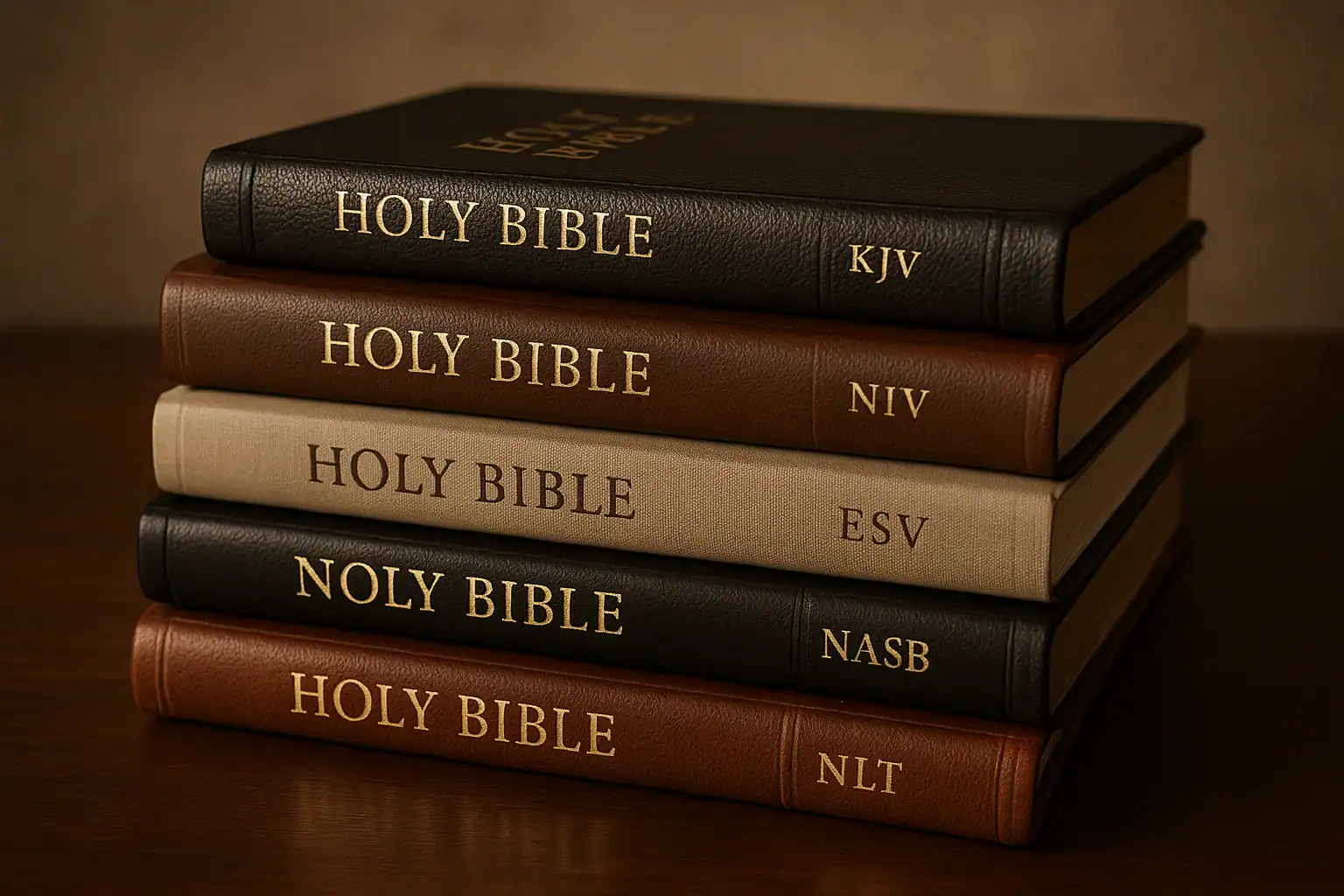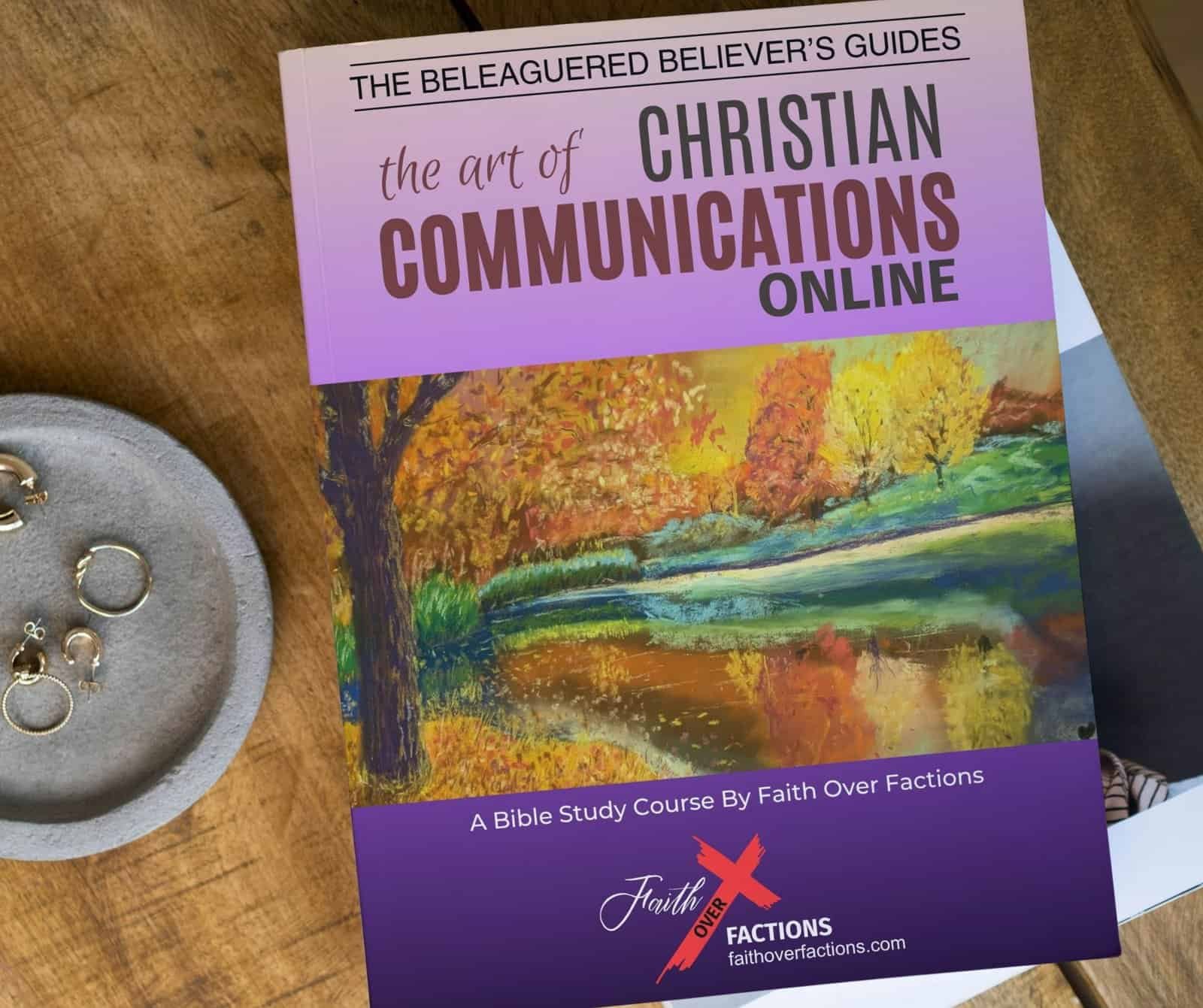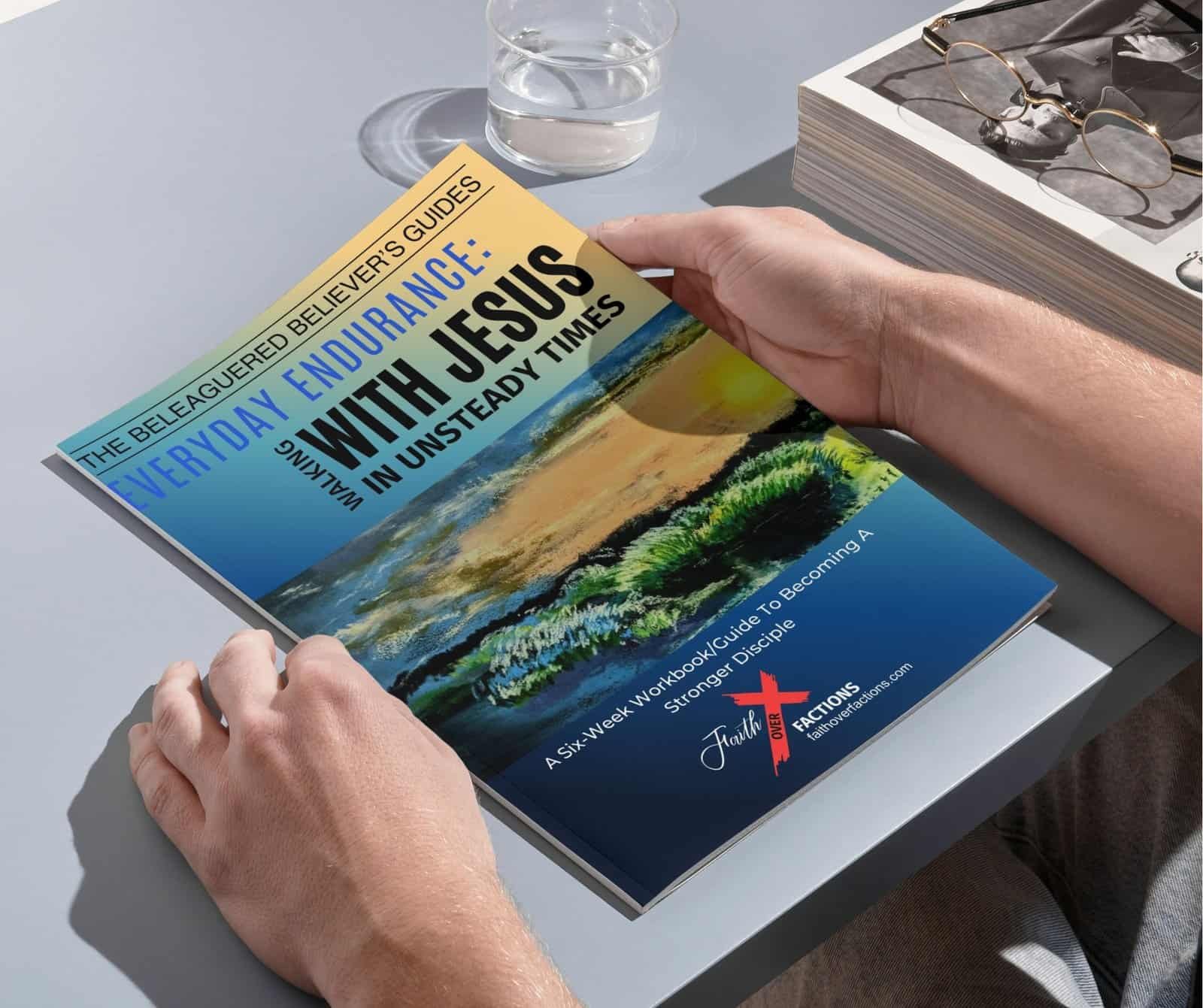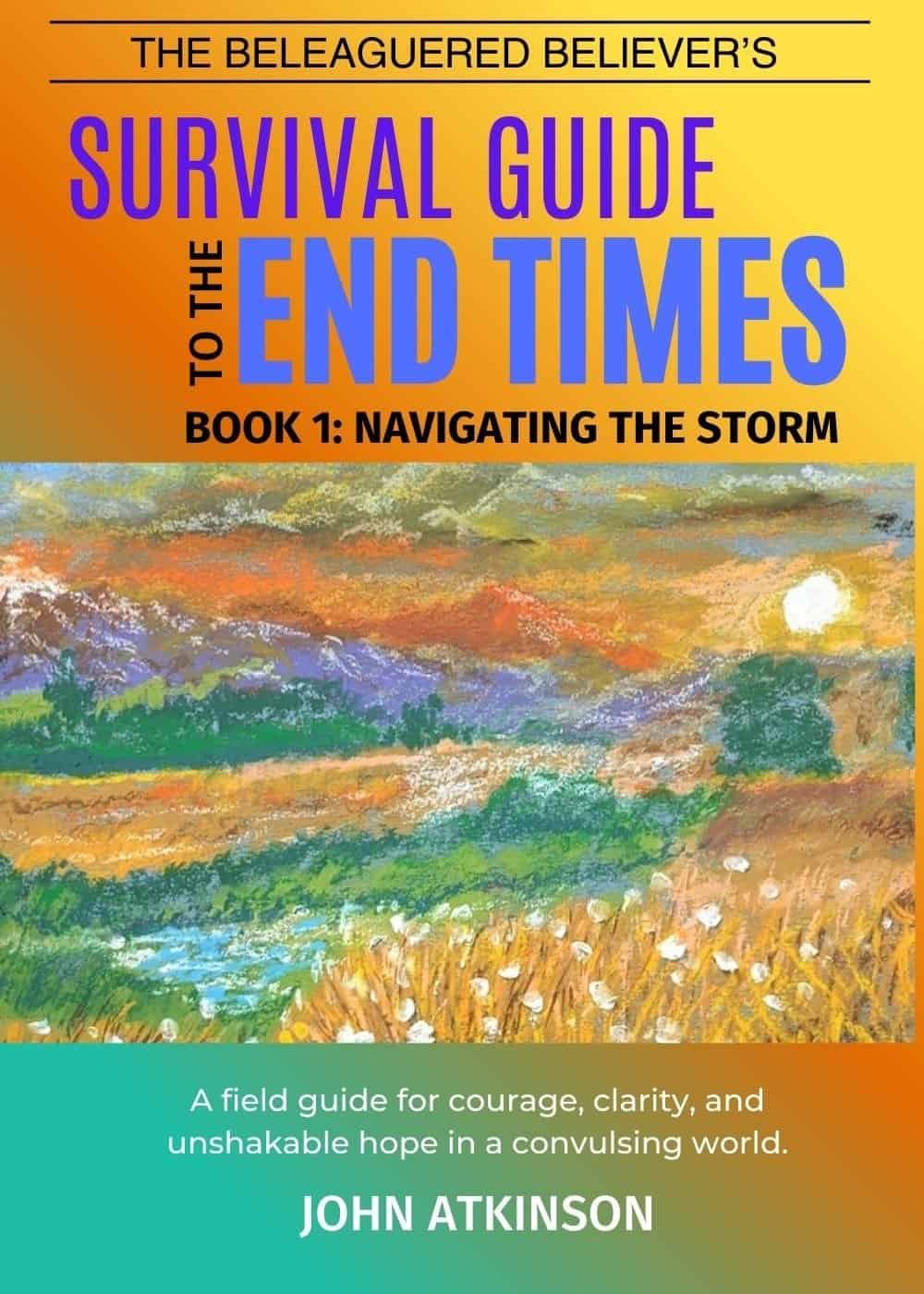
One Word, Many Translations: Why the Bible Reads Differently
The Bible is a complicated book. It was written across centuries, in three different languages, by poets, prophets, fishermen, kings, and apostles. No one who picks it up should expect it to be “easy.” And yet, the heart of its message is remarkably clear: it all points to Jesus.
The Old Testament prepares us for Him. The Gospels reveal Him in flesh and blood — His teaching, His death, His resurrection. The rest of the New Testament looks back to Him, showing how the cross and the empty tomb reshape everything. Across every page, in every translation, the story converges on Christ.
That central truth often gets buried in arguments about which version of the Bible is the “right” one. Whole movements have grown up around defending or attacking translations. Some insist that one version alone is faithful, while others toss verses like weapons, hoping a single phrase can settle an argument. What gets lost in all of that is this: every translation is an interpretation — but every translation bears witness to Jesus.
New Living Translation (NLT):
“You search the Scriptures because you think they give you eternal life. But the Scriptures point to me!”
Amplified Bible (AMP):
“You search and keep on searching the Scriptures because you think that in them you have eternal life; and yet it is those [very Scriptures] that testify about Me.”
New International Version (NIV):
“You study the Scriptures diligently because you think that in them you have eternal life. These are the very Scriptures that testify about me.”
King James Version (KJV):
“Search the scriptures; for in them ye think ye have eternal life: and they are they which testify of me.”
In John 5:39, Jesus confronts religious leaders who searched the Scriptures with the hope of finding eternal life in the text itself. His rebuke is clear: the Scriptures are not an end in themselves but a witness that points directly to Him. The wording varies across translations — “search” (KJV), “study diligently” (NIV), “keep on searching” (AMP), and “you search” (NLT). Each nuance carries weight: some suggest an ongoing habit, others highlight diligence, but the heart remains the same. The Bible testifies of Christ, and eternal life is found in Him, not in the pages alone.
A Library, Not a Single Book
One of the biggest misunderstandings about the Bible is thinking of it as one book with one human author. In truth, it is a collection of sixty-six books, written by dozens of authors across roughly fifteen centuries. From Moses and the prophets to the apostles of the early church, the timeline spans well over 1,500 years — closer to 2,000 when we include the earliest traditions passed down before they were written.
The writers came from radically different backgrounds:
- Moses, educated among the ruling class of the ancient Egyptian Empire, became the lawgiver shaping a fledgling nation.
- David, the warrior-poet-king singing both joy and despair.
- Prophets like Amos, a farmer and Isaiah, prophet to the court of kings, crying out against injustice.
- Fishermen like Peter, who spoke from raw experience.
- Scholars like Paul, trained in law yet transformed by grace.
Each brought their unique perspective and life experience. Together they form not one monotone voice, but a chorus. Their humanity is not erased — it becomes the vessel through which God’s story shines.
This is why literalism breaks down. A law code in Leviticus, a parable in Luke, and a vision in Revelation were never meant to be read the same way. To take the Bible seriously is to respect its diversity — to let each voice speak in its own time and way, while listening for the God who breathes through it all and draws it all toward Christ.
Where Our Bibles Come From
Here’s another layer of complexity: we don’t have the “originals.” They aren't buried in a Vatican archive. No one holds Paul’s first letter to the Corinthians or Isaiah’s original scroll. What we do have is an extraordinary collection of manuscripts — thousands of fragments and copies passed down through centuries.
For the Old Testament, the main source is the Masoretic Text, preserved by Jewish scribes. Other witnesses include the Septuagint (a Greek translation of the Old Testament predating Jesus) and the Dead Sea Scrolls (discovered in the 20th century, containing some of the oldest Hebrew texts we know of).
For the New Testament, thousands of Greek manuscripts exist, some full collections, some just fragments. Scholars compare them through the afore mentioned process called textual criticism, discerning where a phrase was added or dropped, and seeking the most reliable reading.
The result? We can trust that what we have today is faithful to the original writings. But no manuscript tradition is flawless, which means translation is never a matter of pure math — it always represents layers of interpretation.
How Translation Works
Translators face choices. Ancient Hebrew and Greek don’t map neatly onto modern English. Idioms shift, grammar bends, and one word in Greek might have three or four possible shades of meaning in English.
There are three main approaches:
- Word-for-Word (Formal Equivalence)
Tries to match each original word to English. Think King James Version (KJV), English Standard Version (ESV), New American Standard Bible (NASB). Precise, but sometimes wooden. - Thought-for-Thought (Dynamic Equivalence)
Focuses on conveying meaning at the phrase or sentence level. Think New International Version (NIV), New Living Translation (NLT), Christian Standard Bible (CSB). Readable, but sometimes interpretive. - Paraphrase
A restatement in modern language for clarity and devotion. Think The Message (MSG), Good News Translation (GNT). Helpful, but not built for study.
Take Psalm 23:1 as an example:
- KJV: “The Lord is my shepherd; I shall not want.”
- NIV: “The Lord is my shepherd, I lack nothing.”
- NLT: “The Lord is my shepherd; I have all that I need.”
- Amplified (AMP): “The Lord is my Shepherd [to feed, to guide and to shield me], I shall not want.”
- Message: “God, my shepherd! I don’t need a thing.”
The heart is the same. The flavor, rhythm, and emphasis shift.
A Word About My Own Reading
I should be clear here: I personally use the Amplified Bible (AMP) for my own study and devotion. I love how it opens the text by unfolding layers of meaning — giving not just one word, but a fuller range of what the original Hebrew or Greek might carry. For me, that richness is deeply helpful.
But for Faith Over Factions, you’ll notice that I consistently use the New Living Translation (NLT) in my writing. That’s intentional. The NLT is one of the most readable English translations, with a clarity and warmth that makes Scripture approachable without watering it down. Since my aim here is to encourage, teach, and invite people in (not to overwhelm them with technical details), the NLT is the best fit for this space.
I share this because it illustrates the very point of this article: different translations serve different purposes. What feeds me in study might not serve as well for writing to a wide audience. What comforts one person may confuse another. That’s not a flaw — it’s part of the gift of having many translations.
Strengths and Weaknesses of Major Translations
King James Version (KJV)
Majestic and poetic, shaping English devotion for centuries. But limited by older manuscripts and archaic wording.
New King James Version (NKJV)
Updates the KJV into modern English. Easier to read, but still tied to the same textual base.
English Standard Version (ESV)
Precise and widely used in conservative churches. Yet its decision to translate “brothers and sisters” simply as “brothers” reflects theological bias, narrowing the inclusive intent of the Greek.
New International Version (NIV)
Balanced between accuracy and readability. Early editions resisted inclusive language; newer revisions corrected some of this. Its smooth style can occasionally downplay sharp edges in the text.
New Living Translation (NLT)
Readable, warm, excellent for devotion. But heavily interpretive, making choices on meaning that reflect the translators’ theology.
Amplified Bible (AMP)
Expands words with bracketed synonyms to capture nuance. Rich for study, though sometimes overwhelming in flow. It reveals possibilities but can muddy clarity.
New American Standard Bible (NASB)
Highly literal, prized for study. Accurate but often wooden, sacrificing readability for precision. Conservative but less overtly biased than the ESV.
Christian Standard Bible (CSB)
A recent effort to balance clarity and accuracy. Readable and solid, though produced under Southern Baptist leadership, which shows theological bias in certain translation decisions.
Revised Standard Version (RSV) / New Revised Standard Version (NRSV)
The RSV was groundbreaking in its time, but conservatives disliked some of its Christological renderings. The NRSV embraced inclusive language and broader manuscript evidence, widely used in academic and mainline Protestant settings. Critics call it progressive; defenders call it faithful.
Good News Translation (GNT/TEV)
Simple, accessible, designed for readability worldwide. Great for new readers but loses depth in study.
The Message (MSG)
Eugene Peterson’s paraphrase, written as a devotional retelling. Beautiful for imagination but not a study tool.
Why Inconsistencies Matter
When we put these translations side by side, the differences stand out. Is it “slave” or “servant”? “Brothers” or “brothers and sisters”? “Want” or “need”?
If the Bible were meant to be taken in a rigidly literal way, these variations would shake the ground beneath us. But they don’t. Instead, they remind us that the Bible isn’t a flat codebook. It’s a living testimony that breathes through multiple voices — and all of those voices point us to Jesus Christ.
Where one translation emphasizes precision, another emphasizes accessibility. Where one sharpens a doctrinal point, another opens the door wider. Inconsistencies don’t weaken Scripture — they reveal its depth and keep Jesus, not the translator, at the center.
The Bible Should Be Taken Seriously, Not Always Literally
This leads to a crucial truth: the Bible should always be taken seriously, but not always literally.
Jesus taught in parables, not in instruction manuals. The Psalms use poetry, not technical prose. Revelation gives visions full of symbol and metaphor, not newspaper headlines.
When we flatten the Bible into literalism, we dishonor its form. We ignore the humanity of its authors, the genres they wrote in, and the Spirit who inspired them. Taking it seriously means respecting those genres and contexts — while always remembering that the heart of it all is Jesus Christ crucified and risen.
As Charles Spurgeon put it, “It is not the word of man, but the Word of God; yet it is through man’s words that God speaks” (Charles H. Spurgeon, Metropolitan Tabernacle Pulpit Sermons, Vol. 36, 1890).
Serious reading requires humility — allowing Scripture to read us, to be a mirror, not just arming ourselves to read our preconceptions into it.
The Bigger Picture
Yes, translations differ. Yes, there are inconsistencies. But that doesn’t diminish Scripture’s authority or power. Instead, it deepens it. The God who speaks through prophets, poets, and apostles is not silenced by variation in English wording.
It’s like looking at a diamond. Each translation is a facet. One glints in KJV majesty, another shines with NLT warmth, another opens windows with AMP nuance. Together, they reflect a brilliance no single translation could show alone.
And the light at the center of that brilliance is always the same: Jesus. Every translation, every page, every verse points us to Him. The cross stands at the center of the story, the empty tomb anchors our hope, and the Spirit still speaks through the Word today.
The Conclusin of the Matter
So don’t be afraid of the differences. Read widely. Compare versions. Listen for the voice of Jesus beneath the human words. And above all, let Scripture shape your life, not just your arguments.
The Bible is vast, complex, and sometimes inconsistent in wording, but its heartbeat is steady: it points us to Jesus. Every page, every translation, every voice carries that same testimony.
Take a moment to prayerfully consider this: are you letting Scripture lead you to Christ, or only to arguments? Ask God to help you read with humility and to see Jesus more clearly through the words. It has been a part of my life for over forty year, and everyday I find something new. Were I to live another 40, I would still be finding something new.
And if this essay encouraged you, share it with a friend. Sometimes the most powerful gift we can give is simply opening the Word together and discovering — in every translation — the One who gives us life.
Did you know that E-Sword, a Free Bible Study Program for most platforms offers multiple translations of the Bible which can be compared side-by-side? As well as commentaries, lexicons, devotionals and more. Some resources, such as the AMP and NLT are available for a nominal charge. Check it out!





